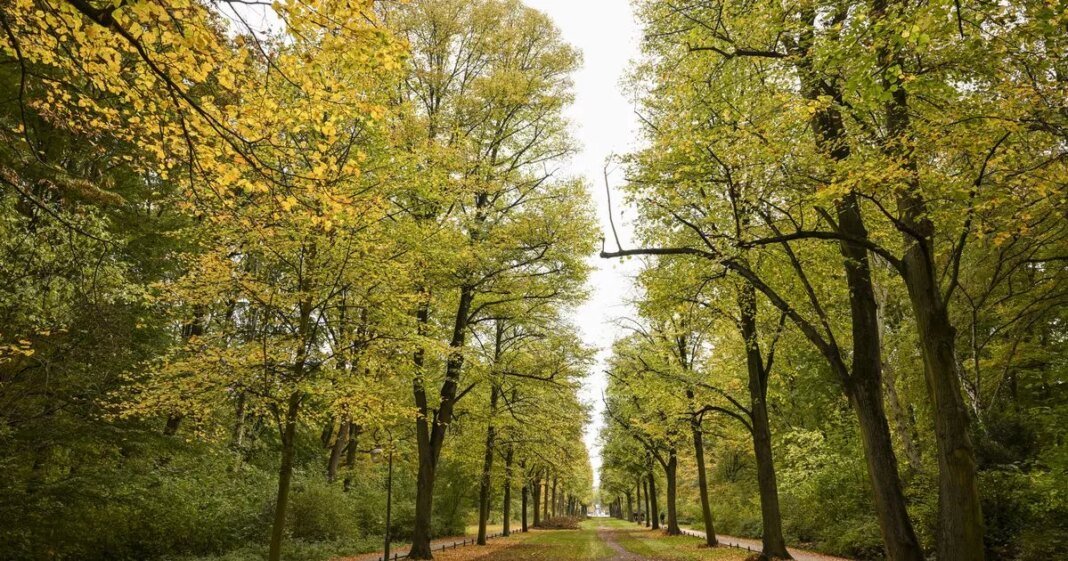Folklore suggests that certain natural elements in our surroundings can provide clues about the severity of upcoming winters.
Traditional wisdom and scientific knowledge propose that observing the behavior of animals and plants can offer insights into future weather patterns. From the nesting habits of squirrels to the growth of vegetation, there are observable signs that may have forecasting value.
An age-old belief suggests that an abundance of berries, nuts, and flowers on trees indicates a pleasant and warm November but could also herald challenging winter weather conditions.
Additional indicators of a harsh winter include early bird migration and bees constructing nests higher in trees, as mentioned in the adage: “See how high the hornets’ nest; ’twill tell how high the snow will rest.” Various creatures, including worms, also offer clues about the upcoming weather.
Notably, the thickness of onion skins and other natural phenomena like apple skins, corn husks, and late blooming flowers can serve as predictive markers for winter severity. Early leaf drop suggests a mild autumn and winter, while a late leaf drop implies a cold end to the year.
These age-old predictions are sometimes supported by scientific observations related to ocean temperatures and climate phenomena such as La Niña and El Niño, which can influence weather patterns across regions like the U.S.
At Reach and across our entities we and our partners use information collected through cookies and other identifiers from your device to improve experience on our site, analyse how it is used and to show personalised advertising. You can opt out of the sale or sharing of your data, at any time clicking the “Do Not Sell or Share my Data” button at the bottom of the webpage. Please note that your preferences are browser specific. Use of our website and any of our services represents your acceptance of the use of cookies and consent to the practices described in our Privacy Notice and Terms and Conditions.



